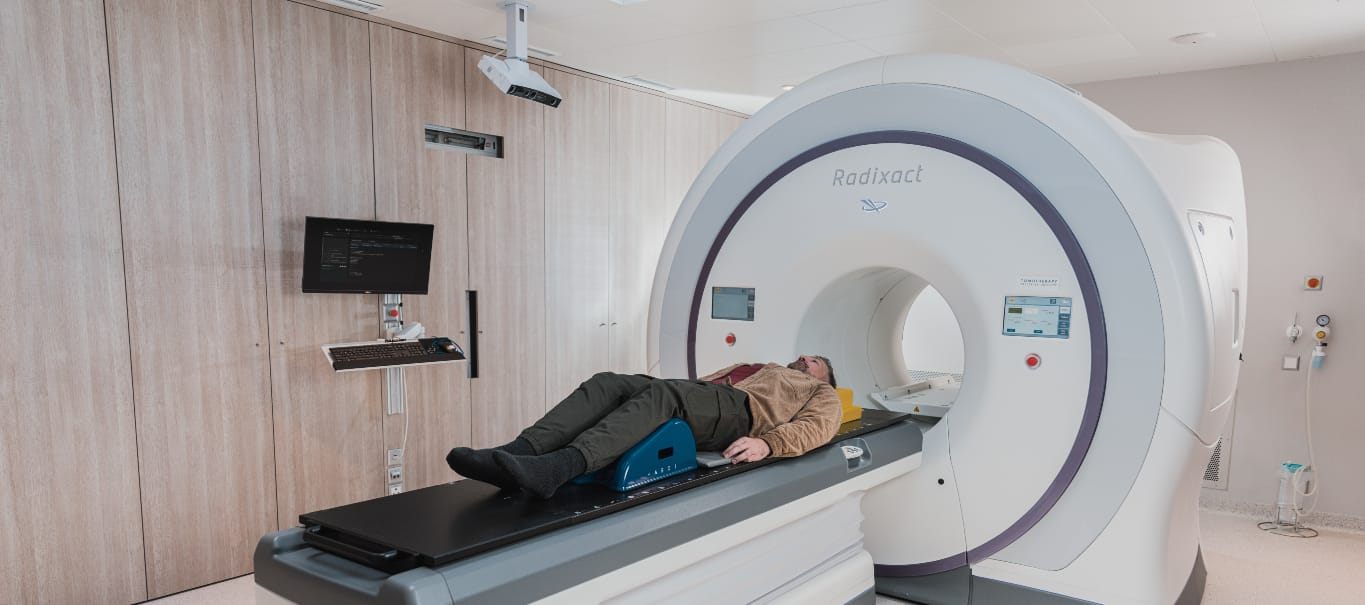What is a radiographer?
Radiographers use imaging technologies to diagnose and treat illnesses and injuries. Some of the most common technologies include: CT scans, MRI scans, ultrasounds and X-rays. The use of these technologies means that illnesses can be diagnosed faster, and thus treated faster, reducing incidences of pain and increasing chances of survival. Radiography is divided into two types: diagnostic radiographers, who treat injuries and illnesses, and therapeutic radiographers, who organise treatment for these issues.
What are the typical responsibilities of a radiographer?
Responsibilities vary depending on whether you are a diagnostic or a therapeutic radiographer. As a diagnostic radiographer, typical responsibilities include: producing high quality images to identify and diagnose issues, screening for abnormalities and getting involved in surgical procedures like biopsies.
Therapeutic radiographers use radioactive materials to deliver treatment, collaborate with medical specialists to treat complex issues (tumours) and monitor patients through and beyond treatment.
What skills do I need to be a successful radiographer?
The skills necessary to be a radiographer are roughly the same, regardless of which specialism you choose. You’ll need sensitivity and compassion to converse with patients, who are likely overwhelmed or stressed by their illness.
Attention to detail and concentration is also vital, as you’ll need to use the right technologies and medicines, to avoid harming the patient further. Finally, given that you’ll be operating machinery, you’ll need to be able to use a computer, and have general technological skills.
Furthermore, although this isn’t a skill per se, radiographers often have to work with children and vulnerable adults. This means that securing a job is conditional on receipt of an enhanced background check. Such a check shows your criminal record, and any information held by local police that’s considered relevant to the role.
Where do radiographers work?
Most radiographers work in NHS hospitals, but there are also opportunities within private hospitals and hospices. There’s even the opportunity to work as a radiographer within the army, for example within the Royal Air Force and the Royal Navy.
How do I become a radiographer?
There’s two ways to become a radiographer. You can complete a diagnostic radiographer degree apprenticeship, which allows you to complete paid work experience while studying towards a fully-funded degree. Or, you could do an undergraduate degree or master’s in diagnostic or therapeutic radiography.
